Ford’s proposed system would allow your car to lock itself, disable certain features, and even drive itself autonomously to an impound lot.


The ship could be ready by the autumn of 2024.
A consortium of companies in the U.K. has bagged a GBP 5.4 million (US$6.46) government grant to build the world’s first liquid hydrogen-powered autonomous vessel and its allied infrastructure, a press release said. The grant is aimed at helping decarbonize the maritime sector.
With governments keen on meeting the ‘net-zero’ goals, a flurry of changes is being brought to the transportation industry. In the U.S., a roll-out of the national charger network is being planned, while the adoption of electric vehicles (EVs) is being encouraged, while the sale of combustion engines is even being banned in some nations.
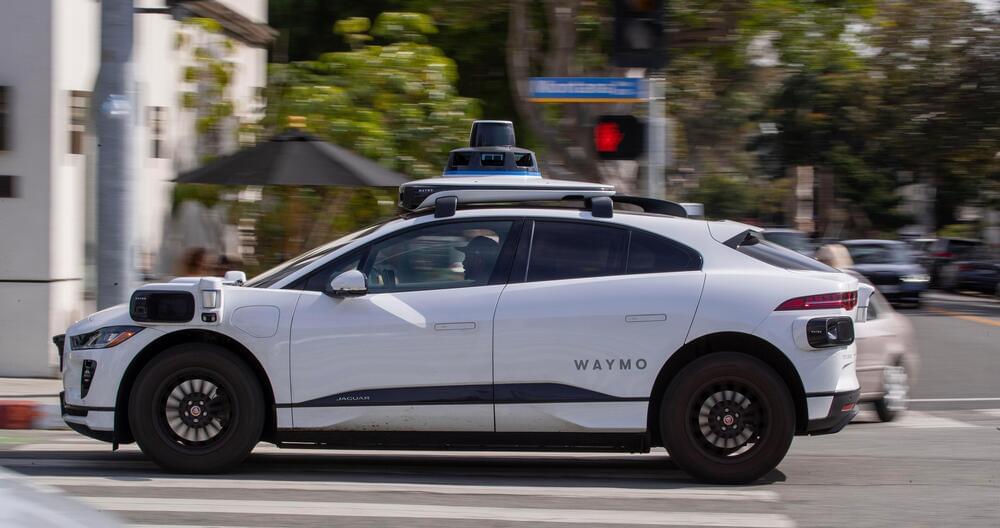
Waymo, Alphabet Inc.’s multibillion-dollar bet on self-driving cars and trucks, is pulling the human safety drivers out of its robotaxi test fleet in Los Angeles as it works to launch a commercial ride service in the second-biggest U.S. city.
Alphabet Inc.’s multibillion-dollar bet on self-driving cars and trucks isn’t ready to launch any paid rides yet, though the second-biggest U.S. city will be its next commercial market after Phoenix and San Francisco.
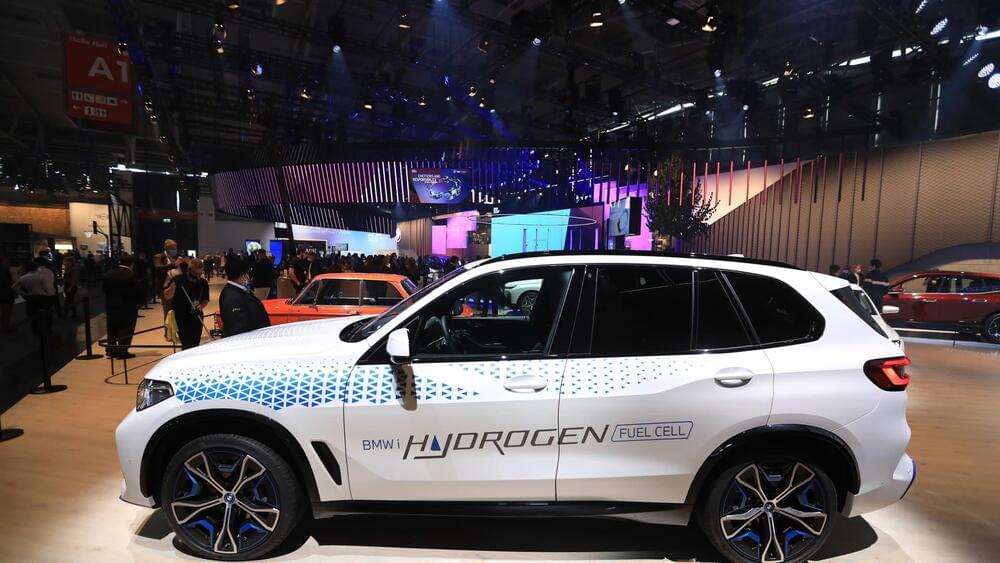
The BMW Group on Monday launched a pilot fleet of hydrogen vehicles, with the German automotive giant’s CEO referring to hydrogen as “the missing piece in the jigsaw when it comes to emission-free mobility.”
The BMW iX5 Hydrogen, which uses fuel cells sourced from Toyota and has a top speed of more than 112 miles per hour, is being put together at a facility in Munich.
Described by the International Energy Agency as a “versatile energy carrier,” hydrogen has a variety of applications and can be deployed in sectors such as industry and transport.
BMW is one of several automotive firms continuing to look into the potential of hydrogen. Others include Toyota and Hyundai, while smaller businesses such as Riversimple are also working on hydrogen-powered cars.
Hydrogen may have its backers, but some high-profile figures from the automotive industry are not so sure.
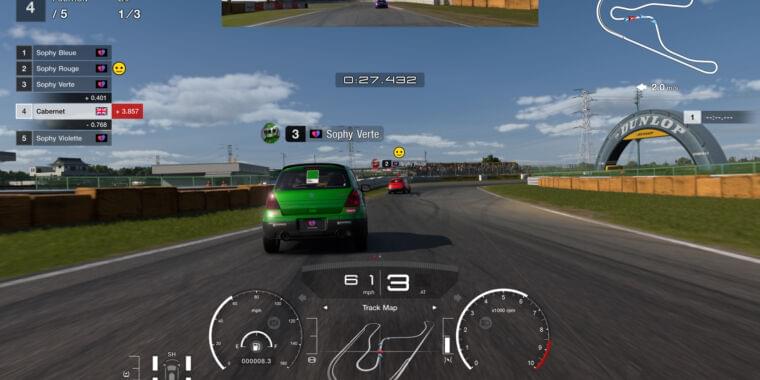
Last year, Sony AI and Polyphony Digital, the developers of Gran Turismo, developed a new AI agent that is able to race at a world-class level. At the time, the experiment was described in a paper in Nature, where the researchers showed that this AI was not only capable of driving very fast—something other AI have done in the past—but also learned tactics, strategy, and even racing etiquette.
At the time, GT Sophy—the name of the AI—wasn’t quite ready for prime time. For example, it often passed opponents at the earliest opportunity on a straight, allowing itself to be overtaken in the next braking zone. And unlike human players, GT Sophy would try to overtake players with impending time penalties—humans would just wait for that penalized car to slow to gain the place.

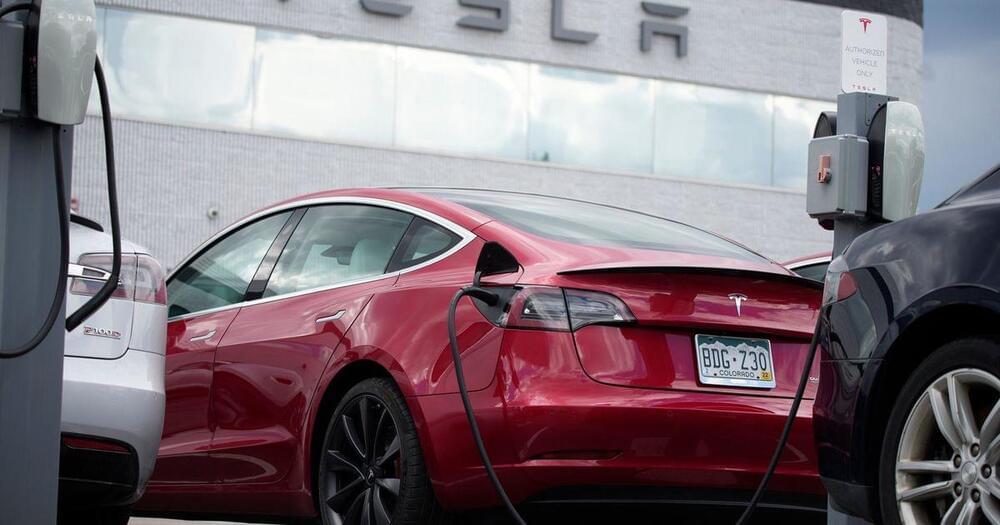
After the automaker started slashing prices on its vehicles earlier this year, making them more affordable than some new gas-powered cars.
The Tesla Model 3 now starts at $43,000, not including the $7,500 tax credit Americans can get for buying an electric vehicle. That brings the after-rebate price of a Model 3 down to $35,500.
-plus other companies are lowering prices because of Tesla.
Tesla’s Model 3 is $43,000 while new cars sold for an average $49,388 in January, according to Kelley Blue Book.
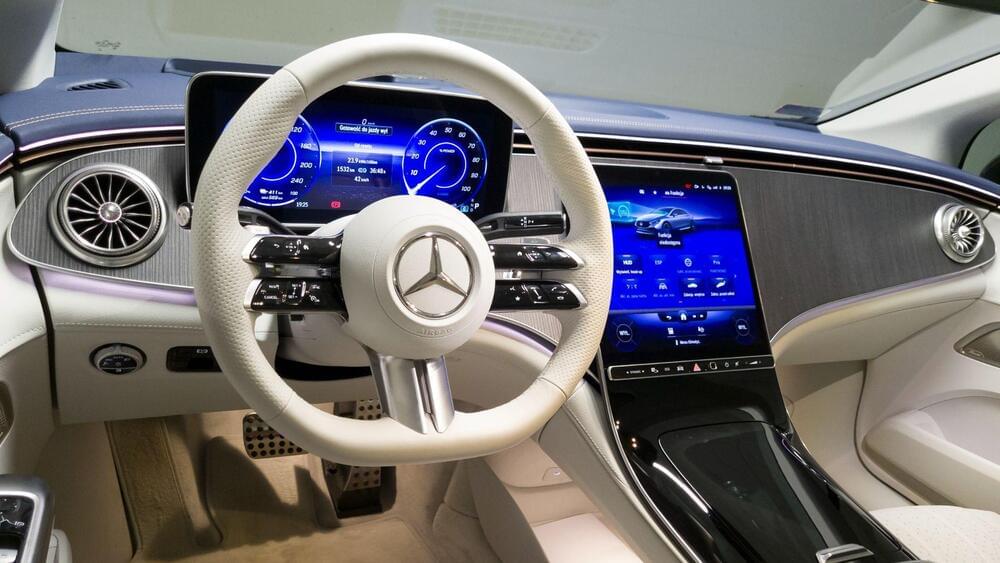
The German company will launch its operating system by the mid of this decade.
German luxury and commercial vehicle brand, Mercedes Benz, has announced its software partnership with Google to offer “super-computer-like” navigation and other services in every car, Reuters.
Mercedes’ plans for the future
Mercedes’ partnership with Google follows the route that conventional carmakers such as Ford, Renault, Nissan, and General Motors have taken to add Google’s suite of services to their cars. This partnership allows users to tap into Google’s Maps, Assitant, and other services and use traffic information to determine the best routes to reach their destination.
Further, the company is revamping how the software side of its cars works. Moving away from attempts to integrate different software packages into the car, Mercedes will now own the operating system dubbed MB.OS and ask partners to build their services to work with the OS.
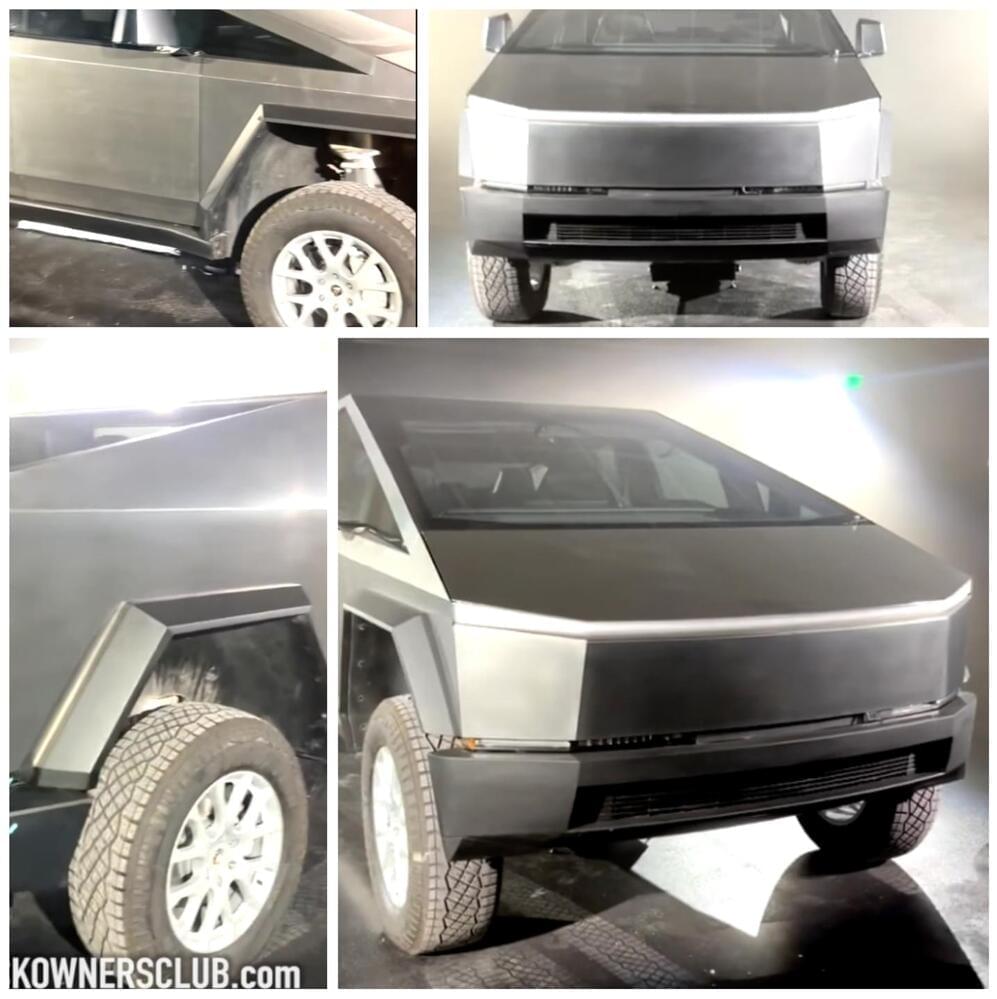
Tesla Cybertruck sightings are continuing, and a video of the all-electric pickup released today gives a much better look at the vehicle’s air suspension.
Last night, a video of the Cybertruck rolling around Gigafactory Texas was shared, showing off its air suspension at what people said was its maximum ride height. However, it was very unclear and grainy, so it didn’t necessarily give a great look at what the Cybertruck will look like when utilizing its air suspension.
Now, a new video has been shared, where the Cybertruck appears to be, once again, at its maximum ride height, thanks to its air suspension, but the clearer resolution gives us a much more revealing look at the beast in its rarest form.
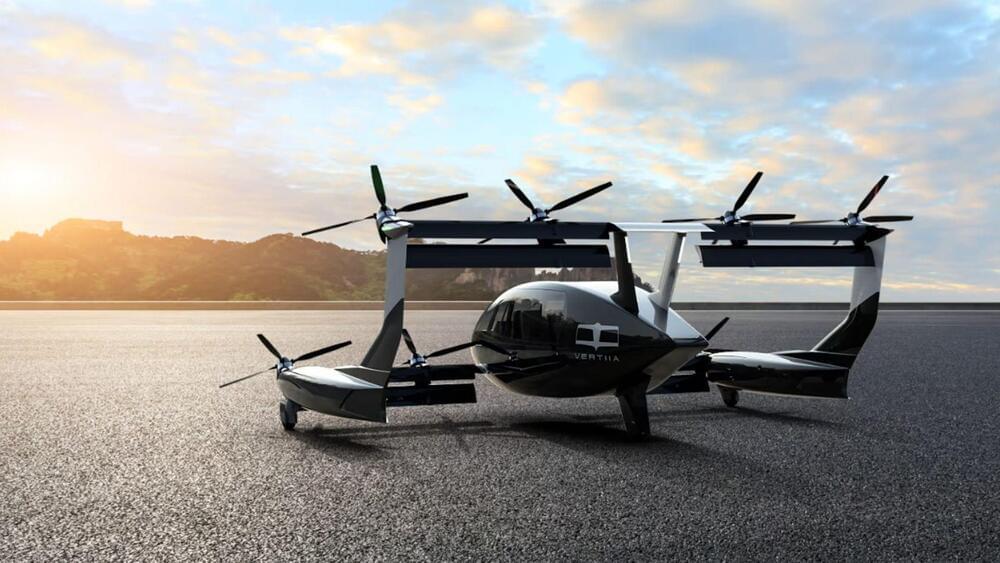
An Australian firm has finished its electric VTOL aircraft’s first tethered test flight. AMSL Aero’s offering, christened Vertiia, aims to provide a safe aircraft that will ease the burden of traffic congestion on people’s lives.
Vertiia is one of the newest VTOL industry entrants that has seen recent activity from players like Jetoptera and ARC Aerosystems.